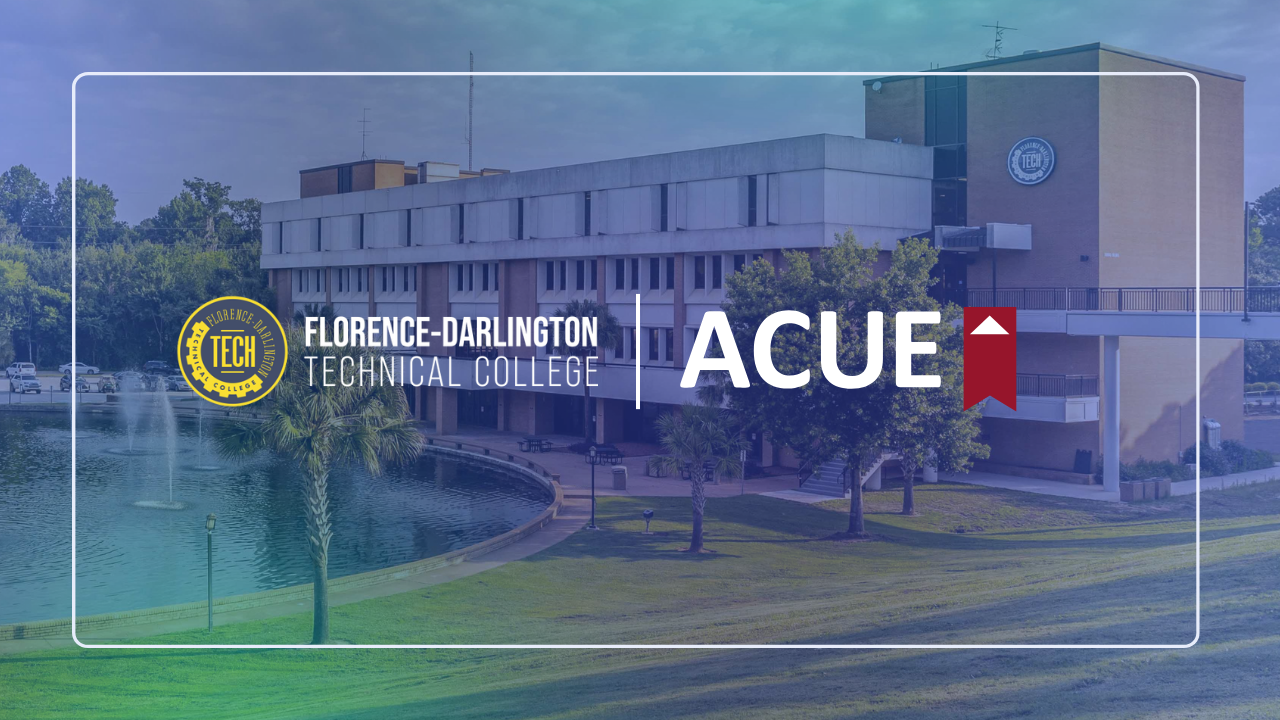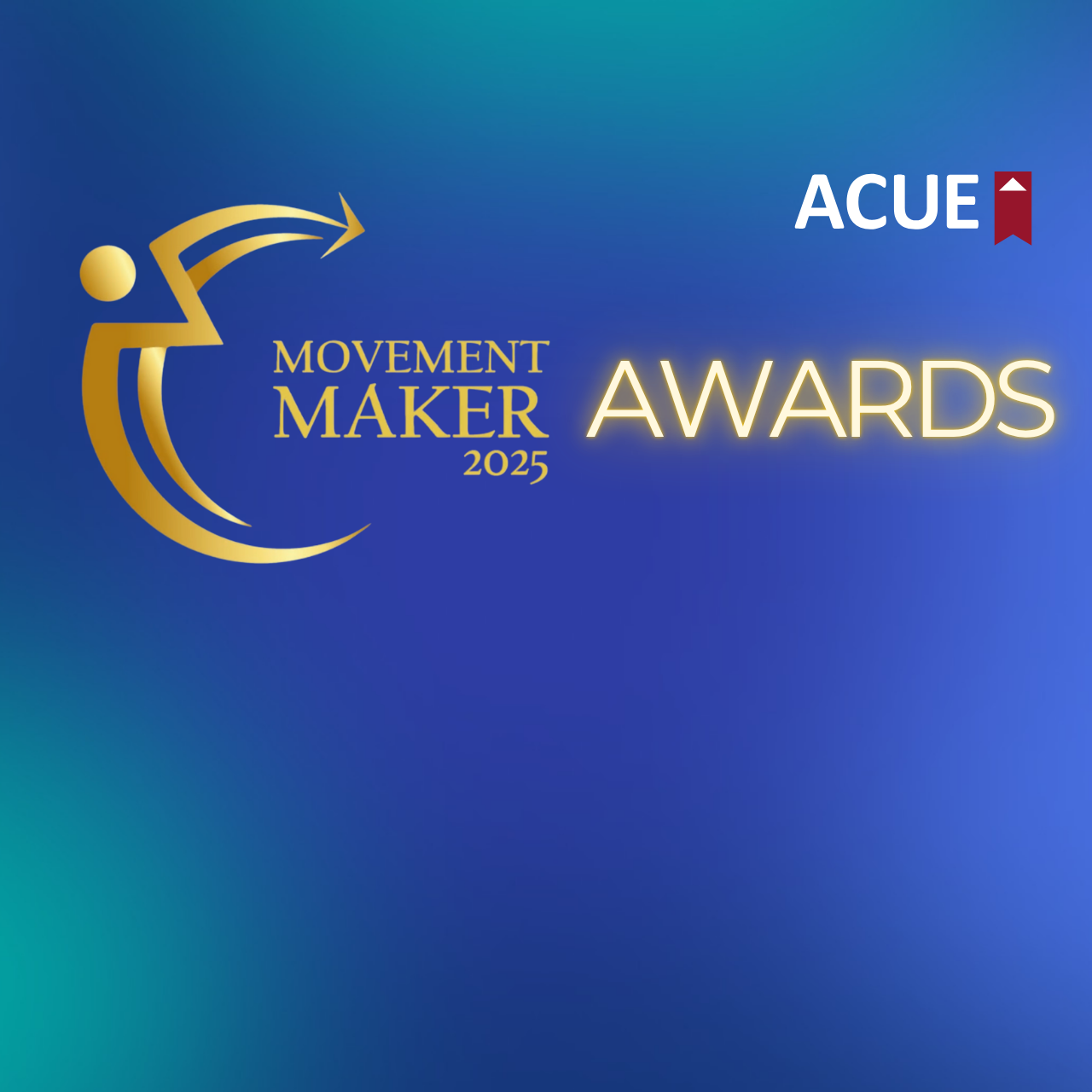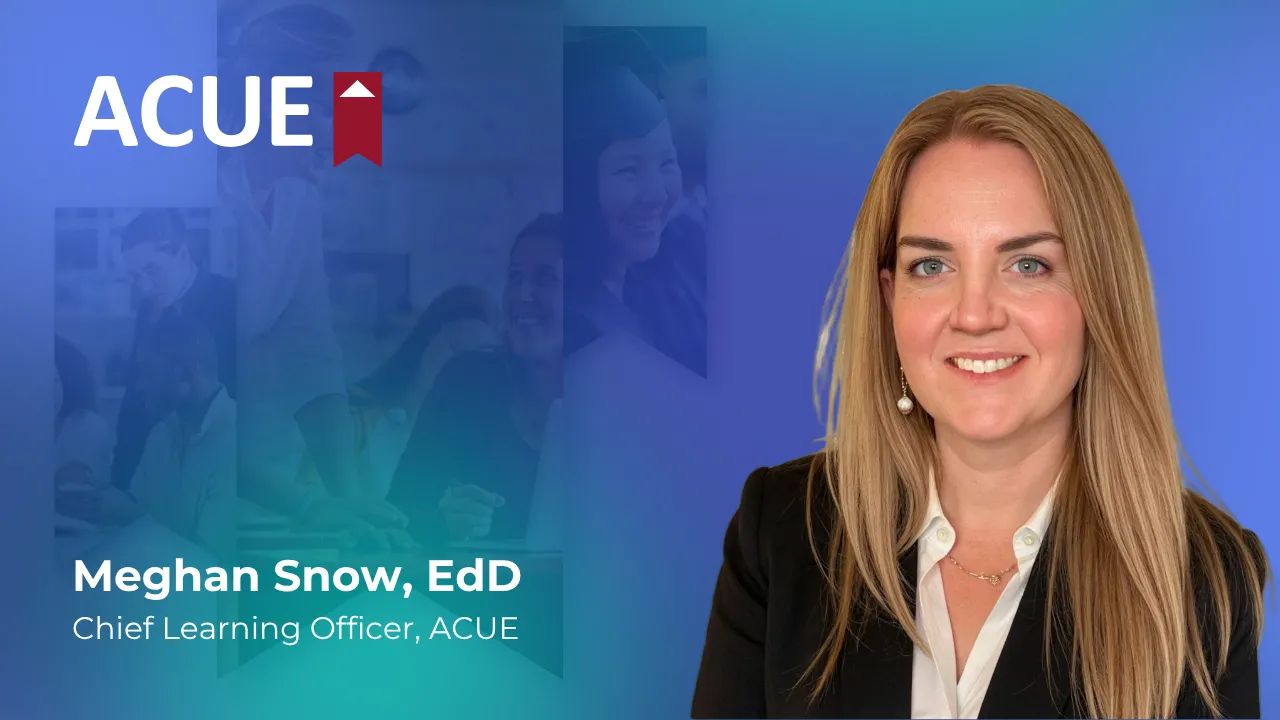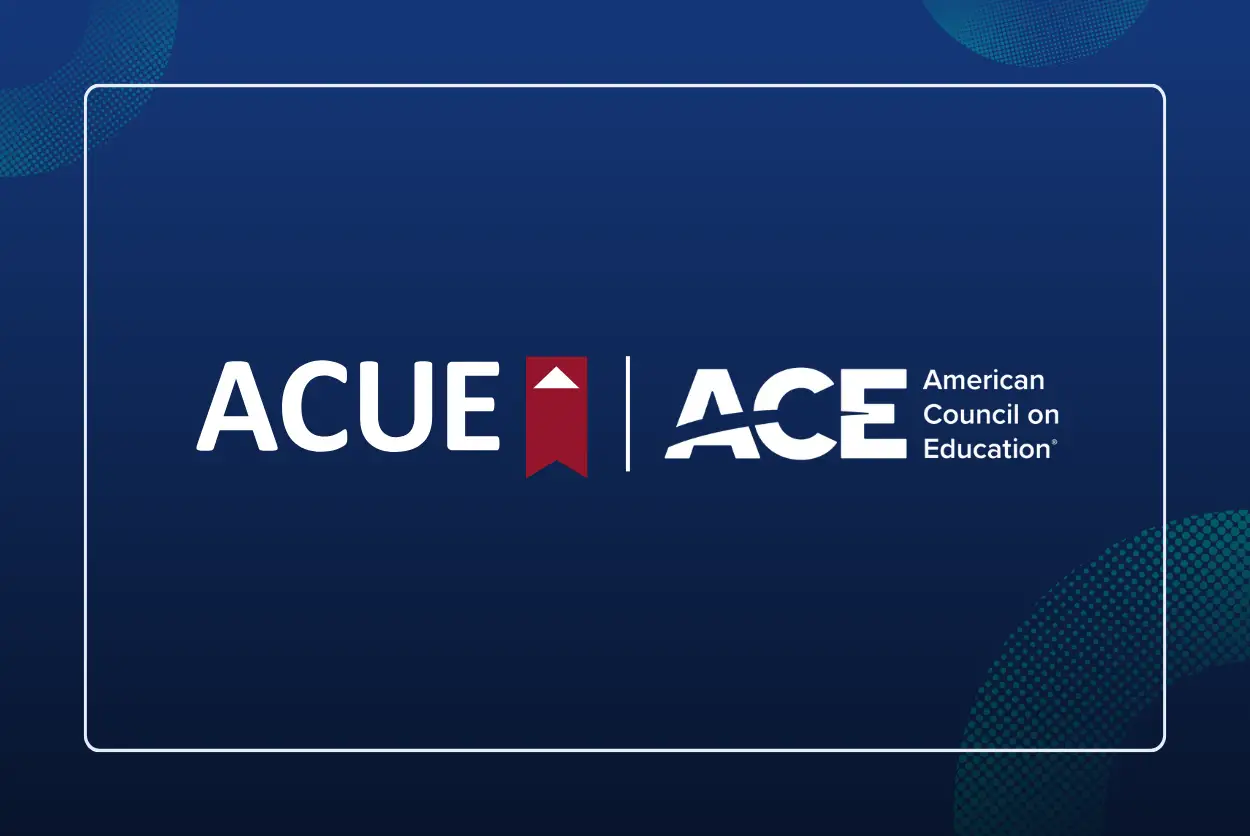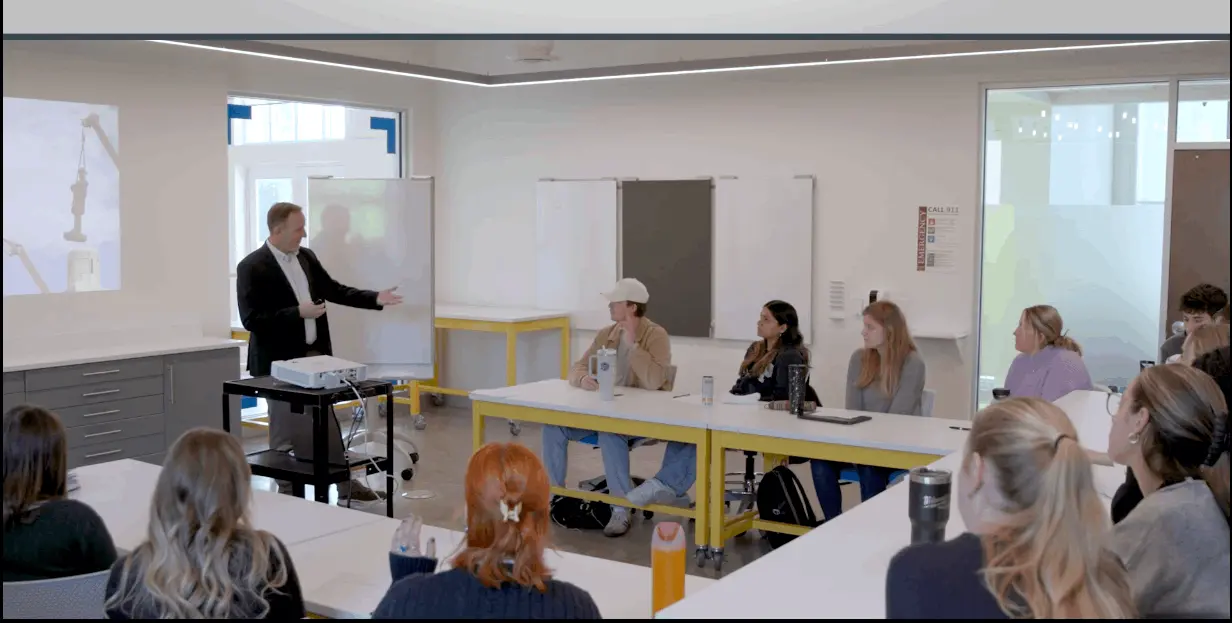[Editor’s Note: Stephen Brookfield is a featured expert in ACUE’s Course for several modules, including the module on Delivering an Effective Lecture.]
When working on the second edition of Becoming a Critically Reflective Teacher, I often thought back to my own student days. Part of my book deals with how our personal learning experiences structure the way we approach our own teaching, and I referred to my college years as an example. I was totally bored in lectures and vowed that if I ever became a professor, I’d never lecture to my students. When I finally became a university teacher, I refused to lecture. If my students protested, I told them that developing independent intellectual judgments is the whole point of college, and only through discussion would they exercise their critical thinking muscles. I subscribed to a simplistic pedagogic bifurcation: discussion good, lecture bad. This lasted until I got tenure and was finally free to spend more time researching my own teaching. Over the last 25 years, I developed an instrument called the Critical Incident Questionnaire to assess students’ learning experiences in my courses. What I learned from students was that my bifurcation was dangerously naïve. Lectures, when properly delivered, can be wonderfully stimulating episodes in students’ learning journeys. So what are the lecturing practices that students say keep them engaged in their learning?
“Chunking” Your Lecture
Students like when we “chunk” lectures into a series of approximately 15-minute expositions interspersed with bridging activities. A buzz group, for example, takes between one and three minutes, during which students work in pairs or trios to talk amongst themselves about a question you pose to them. Or I’ll ask students to participate in reflective silences, where they think quietly about a question like “What’s the most important point we covered so far today?” or “How does today’s topic connect to what we covered last week?” Then I’ll have them post their responses on social media through a tool such as TodaysMeet.
Video: Questions are key for chunking your lecture
Integrating Social Media
Lectures that allow students to interact with the material and lecturer are most engaging. Technology tools allow students to pose questions and write reactions in real time. With TodaysMeet, for example, you can create a temporary web page for that day’s class, and students can post questions, answers, reactions, and comments. You can pose a question and give students one minute to think of their response. Instead of students sharing their answers verbally, they post them on TodaysMeet. Posts are anonymous, so there’s no fear of giving a wrong or foolish answer. Consequently, you get many more responses than if you had asked for verbal replies.
Video: The benefits of embracing technology in the classroom
Using Clickers and Other Classroom Response Systems
Clickers are an effective way to conclude a lecture chunk. For example, in my lectures I will project on a screen four or five statements about the material we just covered and ask students to vote on which they feel is most accurate, erroneous, important, or contentious. Alternatively, you can pose a question to the group and then provide four or five possible answers. Students choose the response they think is the most plausible. A tool like Poll Everywhere allows you to create a poll that students can respond to via text, Twitter, or the web. Through this approach, the teacher gets a quick, cross-sectional snapshot of where students stand on an issue, or the breadth and depth of students’ understanding. Students then discuss their votes in groups.
Video: Weekly snapshots offer the ground-zero knowledge needed for good pedagogy
Giving Clear Signals
Students appreciate when you pause regularly to let them know exactly where you are in a lecture and what’s happening next. Bligh (2000) suggests the following signals to help students follow your line of thought:
- Global signals inform students of a new topic or change of direction. (“We’re now going to turn to a completely opposite theory.”)
- Key point signals emphasize the most important points of a lecture. (“If you only take one idea away from today’s class, it should be this.”)
- Local signals refer to detailed elaborations of key points. (“To find out how critics responded to Smith’s experiment, look at chapter 14 in our text where this is discussed in more detail.”)
- Aside signals alert students that you are branching off into a point that is not central to the main themes. (“And just to speak personally, one of the things I found most fascinating about this idea when I first encountered it is….”)
- Example signals tell students you are going to illustrate an idea with specific examples. (“Now I want to try and concretize this theoretical analysis by giving some very specific, everyday examples that illustrate how it works in real life.”)
- Meta-review signals summarize where you are in your plan for the lecture. (“Up to now we’ve assumed that this hypothesis is broadly correct. But now we need to look at some of the most damaging critiques of this hypothesis, so for the next section of today’s class I’m going to look at the work of Jones.”)
Video: The signals of an effective lecture
Modeling Critical Thinking
We’re always telling students to think critically, but provide few examples of what that looks like. So students appreciate when we show how we’re doing this in our lectures. Most definitions of critical thinking emphasize the ability to see the same argument, idea, or concept from multiple perspectives. You can use the geography of the classroom to clearly model this process. Prior to the class session beginning, you post three or four signs around the room, each representing a theory or analytical framework you want students to understand. You begin by standing in the center of the classroom and explaining that you intend to demonstrate the range of alternative perspectives that can be taken on a piece of content. You then move to the first sign you’ve posted and explain the topic as if you were someone who only thought within the framework, theory, or viewpoint posted on that sign. You then move to the second and then third sign you’ve posted and give your understanding of the content as if you were solely concerned with that second or third perspective. Students say that bringing in a simple spatial difference—speaking the language of a different theoretical paradigm when you’re at a different station—helps underscore the differences between perspectives and clarify what each represents. When you’ve done this a few times in class, you can add another wrinkle. You divide the class into groups and ask different groups to go and stand at the different signs. You then pose a question or raise an issue about the material and ask the groups to brainstorm how they’d respond to the question or issue if they operated only within the framework represented by their sign. The exercise ends with each group giving a summary of their responses.
End Lectures With Questions
Lecturers are often told that the golden rule of effective lecturing is to “tell ’em what you’re going to tell ’em, tell em, then tell ’em what you’ve just told ’em.” The problem with this is establishing a sense of definitive closure, so students leave thinking the last word has been spoken on the subject. An alternative is to end your presentations by raising difficult or unaddressed questions about the lecture’s content, or by pointing out which of the questions posed at the lecture’s outset have been left unanswered. You can also ask students to share final questions via TodaysMeet or on your learning management system. These questions can help kick off the next lecture. Done well, lectures provide a solid foundation of understanding that can be extended or critiqued in discussions and assignments. At the outset of a unit of study, they can establish the broad contours of a subject and help students navigate through a complex field. Lectures can model the inquiring behaviors you want students to emulate and, at the same time, help build your credibility. So in moving to more interactive modes of online and group learning, let’s not throw the baby out with the bathwater, pedagogically speaking. Well-situated lectures can be crucial to students’ development as learners.
